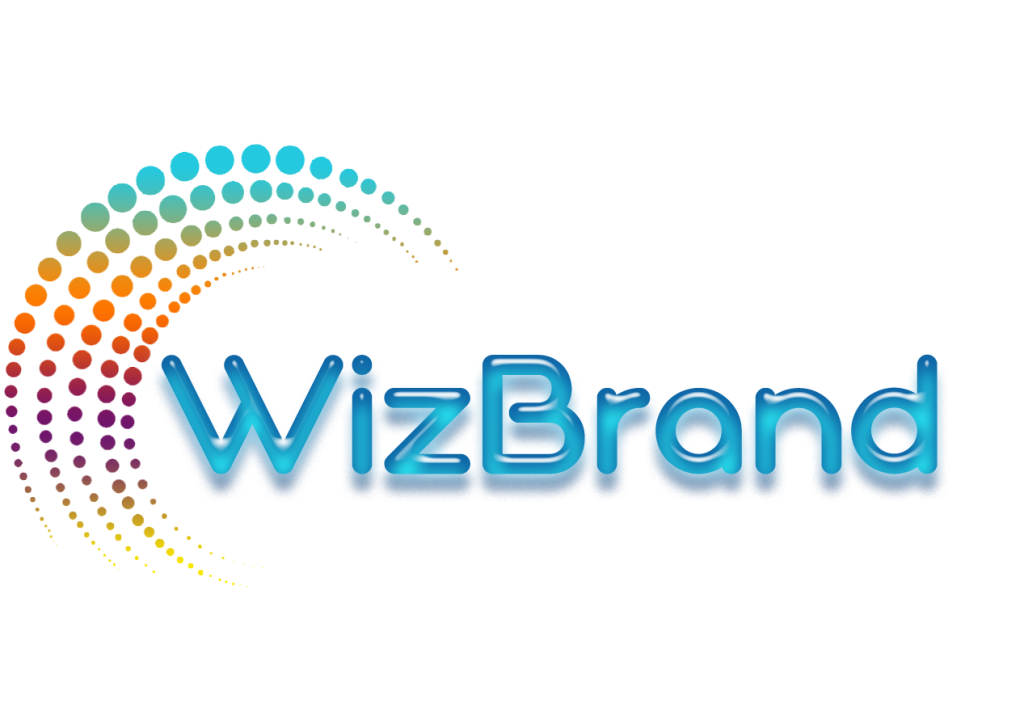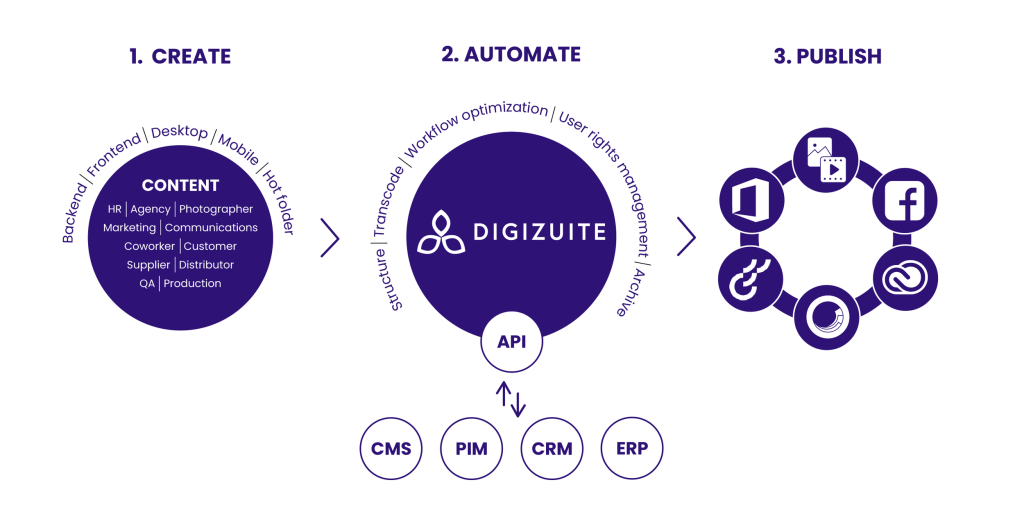
In today’s digital landscape, businesses rely heavily on content to drive their operations, marketing, and customer engagement. With teams managing thousands of assets, such as images, videos, documents, and marketing collateral, staying organized is critical for efficiency and productivity. Traditional storage methods, like file folders and shared drives, are no longer enough to keep up with the increasing volume and complexity of digital assets.
Enter Digital Asset Management (DAM) systems. A DAM solution provides a more structured, efficient way to store, organize, and retrieve digital assets. Migrating from traditional storage to a DAM system is a critical step for businesses aiming to streamline their content management process and improve collaboration across teams. In this blog post, we’ll walk you through the step-by-step process of migrating from traditional storage to a DAM system, while showcasing how Wizbrand’s DAM software can make this transition smooth and hassle-free.
Why Migrate from Traditional Storage to a DAM System?
Before diving into the migration process, let’s explore why traditional storage systems fall short for businesses managing large amounts of digital content. Traditional file storage—whether on local servers or networked drives—often leads to clutter, inefficiencies, and confusion. With no central organization or metadata, assets are hard to find, version control can become a nightmare, and collaboration across departments becomes more challenging.
A DAM system, like Wizbrand, solves these issues by offering a centralized platform where assets are organized, tagged, and searchable. This not only improves workflow and efficiency but also enables better collaboration, enhances content security, and streamlines asset distribution.
Step 1: Assess Your Current Content Management System
The first step in migrating to a DAM system is to evaluate your current content management processes. Take stock of where your digital assets are stored, who uses them, how they are organized, and how often they are accessed. Identifying any pain points or inefficiencies will help you make a more informed decision about your DAM solution.
Ask questions like:
- Are assets scattered across multiple folders and drives?
- Do teams struggle to find the most recent or correct version of assets?
- How do you manage permissions and security for sensitive files?
- Are your assets tagged or categorized in a meaningful way?
By answering these questions, you’ll gain a clear understanding of the limitations of your current system and what you need from your new DAM solution.
Step 2: Define Your Requirements
Now that you know where your current system is lacking, it’s time to define what you need from a DAM system. What features are important for your business? Some features to consider include:
- Metadata management: The ability to categorize, tag, and annotate assets for easier search and retrieval.
- Search functionality: Advanced search filters to quickly find the right assets based on metadata, keywords, and file type.
- Version control: Ensuring your teams are always working with the latest version of an asset.
- Collaboration tools: Features that allow teams to comment on, share, and review assets without having to leave the platform.
- Integration: The ability to integrate with other business tools such as project management software, content management systems (CMS), and marketing platforms.
Wizbrand offers all of these features and more, making it one of the Best Digital Asset Management Software solutions available today.
Step 3: Choose the Right DAM Solution
With your requirements in hand, it’s time to choose the right DAM solution. This step is crucial because the right DAM system will simplify the migration process and make ongoing management easier. When choosing a DAM platform, consider the following factors:
- Ease of use: A user-friendly interface that doesn’t require a steep learning curve.
- Scalability: As your business grows, so will your digital assets. Your DAM system should be able to scale to accommodate future growth.
- Customization: The ability to customize the DAM system to fit your business’s unique needs and workflows.
- Security: Your DAM system should offer robust security features such as role-based access control and encryption to keep sensitive data safe.
Wizbrand’s DAM platform excels in all these areas, making it an excellent choice for businesses looking to streamline their digital asset workflows. Wizbrand allows teams to easily manage and collaborate on assets, all while keeping everything organized in one central location. With its intuitive design and seamless functionality, Wizbrand eliminates the headaches often associated with traditional storage.
Step 4: Organize and Tag Your Assets
Once you’ve selected your DAM solution, it’s time to upload your assets. Start by organizing your existing digital assets into logical folders or categories that align with your business needs. For example, you could categorize assets by department (e.g., marketing, sales, design), project, or asset type (e.g., images, videos, presentations).
As you upload each asset into your DAM system, ensure that it’s properly tagged with metadata. This metadata could include the asset’s name, type, description, keywords, and usage rights. Tagging your assets with relevant metadata makes it easier to search for and retrieve specific files later.
Wizbrand simplifies this process by allowing you to add customizable metadata fields to each asset, ensuring that all your assets are organized in a way that makes sense for your business.
Step 5: Train Your Team
A successful DAM migration is not just about the technology; it’s also about ensuring that your team knows how to use the system effectively. Provide training to your team members on how to upload, organize, tag, and retrieve assets. This will ensure that everyone is aligned on best practices and that the transition is smooth.
Wizbrand offers comprehensive training resources to help your team get up to speed quickly. From user guides to customer support, Wizbrand makes it easy for businesses to adopt their DAM system without any headaches.
Step 6: Integrate with Other Systems
For maximum efficiency, your DAM system should integrate with the other tools your business uses. Whether it’s your content management system (CMS), customer relationship management (CRM) software, or project management tools, integration ensures that your DAM system becomes part of your overall workflow.
Wizbrand supports seamless integration with a variety of third-party applications, allowing you to connect your DAM system to your existing tools without disruption.
Step 7: Monitor and Optimize
Once the migration is complete, it’s important to monitor how the DAM system is being used. Track usage patterns, asset search frequency, and user engagement to identify any areas for improvement. Continuously optimize your system to ensure that it continues to meet your business’s evolving needs.

Wizbrand offers built-in analytics tools to help you monitor the effectiveness of your DAM system. With these insights, you can make data-driven decisions to optimize asset management and improve team collaboration.
Conclusion: Take Control of Your Digital Assets with Wizbrand
Migrating from traditional storage to a DAM system doesn’t have to be a complicated or stressful process. By following these simple steps, you can ensure a smooth transition that will save time, enhance collaboration, and improve your content management. With Wizbrand’s intuitive platform, you can streamline your digital workflows, manage assets with ease, and empower your teams to work more efficiently.